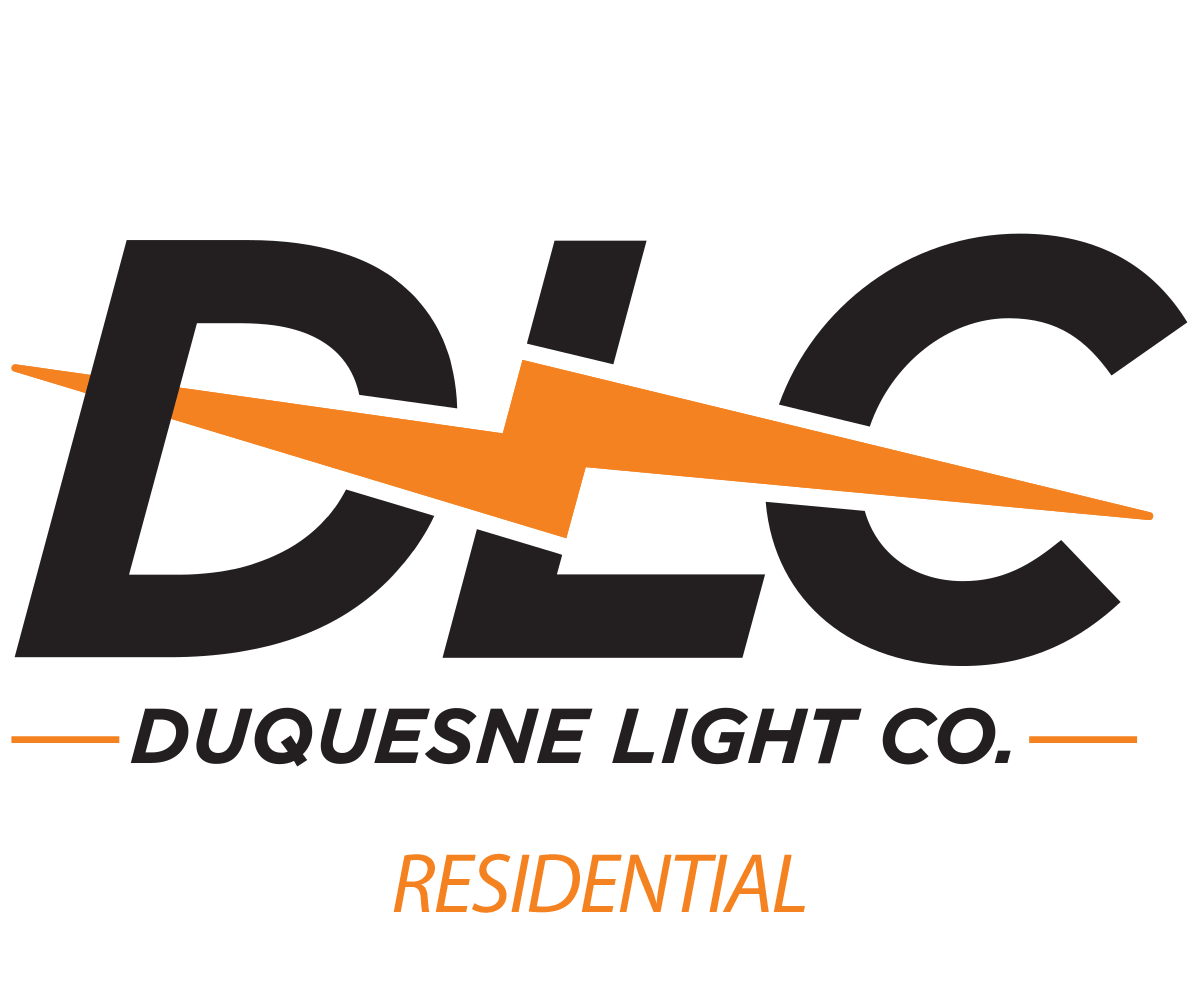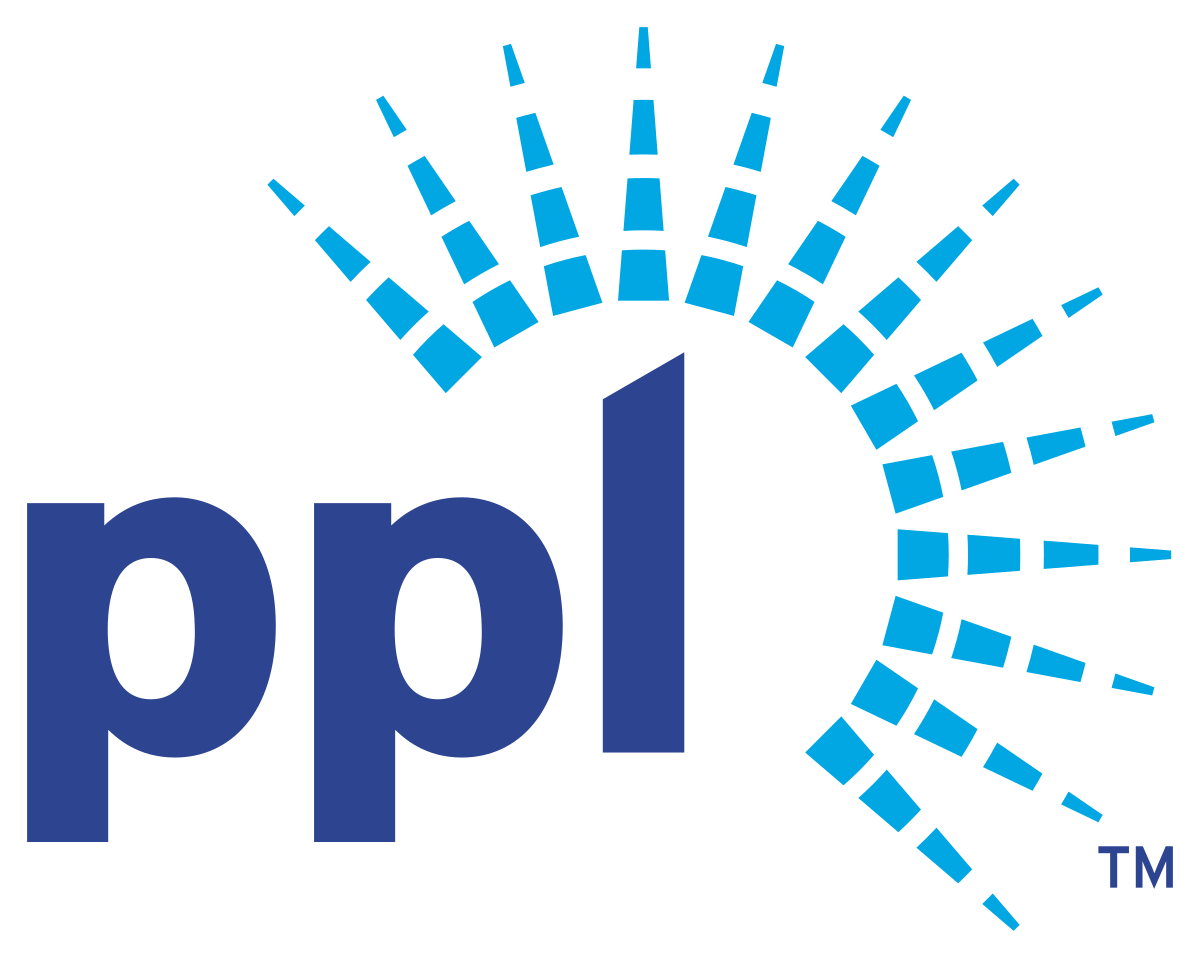Time of Use
Wholesale electricity prices fluctuate as customer demand changes throughout the day. A time of use program helps you take advantage of those price fluctuations.
What is Time of Use?
Some electricity suppliers offer time of use programs. These programs let you pay a lower rate for power during off-peak hours. You'll pay a higher rate during peak hours. Joining a time of use program can translate to savings on your electric bill each month.
How does Time of Use work?
It takes a little extra planning on your part, but a time of use program could lower your bill. Here’s an example:
You usually run your dishwasher and washing machine in the evening. So does everyone else. That increases the demand for electricity in the evening hours. During those peak hours, wholesale electricity prices can go up.
With a time of use program, you can do the dishes and laundry during off-peak hours. You might choose to do them at night or in the early morning. The power you use in those low-demand hours will cost less on a time of use plan.
How to Save Money
with Time of Use
1. Use electric appliances, like dishwashers and ovens, during off-peak hours.
2. Set timers on your thermostat, water heaters and pool pumps to go on during off-peak hours.
3. Charge your electric vehicle during off-peak hours.

Common Time of Use Program Details
Each energy supplier handles time of use programs differently. It's important to understand your supplier's on- and off-peak timeframes and other details.
Here are a few things that most programs have in common:
- Off-peak hours with lower rates are usually early morning (for example: 6am - 9am) and late night (for example: 9pm - 6am).
- On-peak hours with higher rates are usually during the day (for example: 9am - 5pm) and evening (for example: 5pm - 9pm).
- Timeframes may change on weekends or during different seasons to account for changing customer needs.
Which Electricity Utilities Offer Time of Use?
More and more electric utilities in Pennsylvania offer time of use programs. Check if your power company has a time of use or peak use pricing plan. Then visit their website for details.
Offerings can vary and programs may have eligibility criteria.










